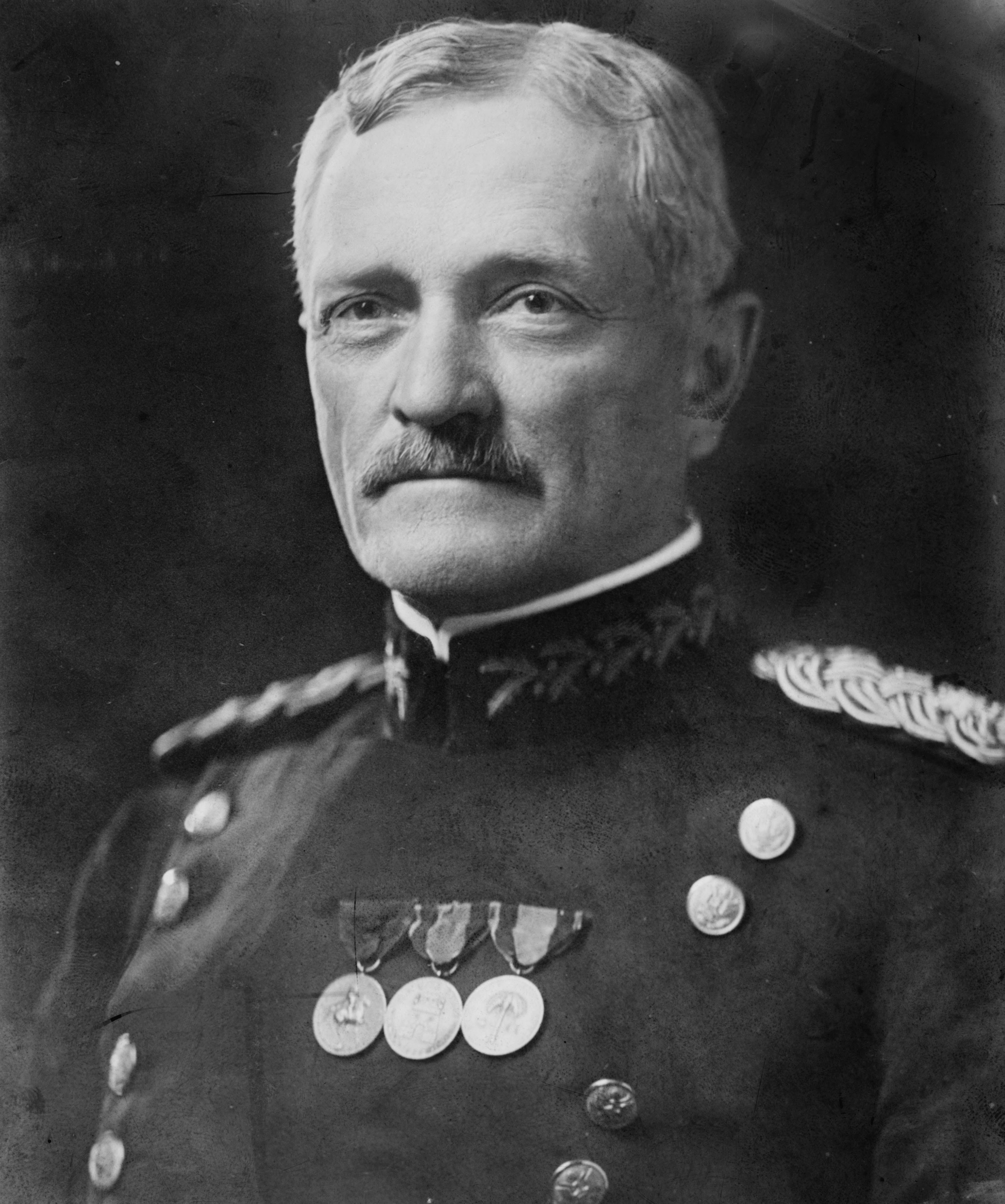By: Pearl S. Buck
John Day, 1931
The Good Earth provided nice change in the genre  of fiction for Pulitzer Prize winners. The vast majority of the novels I have read so far, from this time period, are stories about American women (usually wealthy), their families, and the drama they go through over a lifetime. Pearl S. Buck's book is instead about a Chinese farmer, his family, and the drama they go through in a lifetime. While this plot line is vaguely similar to those I mentioned before, we at least have a glimpse in a culture that many are not very familiar with.
of fiction for Pulitzer Prize winners. The vast majority of the novels I have read so far, from this time period, are stories about American women (usually wealthy), their families, and the drama they go through over a lifetime. Pearl S. Buck's book is instead about a Chinese farmer, his family, and the drama they go through in a lifetime. While this plot line is vaguely similar to those I mentioned before, we at least have a glimpse in a culture that many are not very familiar with.
 of fiction for Pulitzer Prize winners. The vast majority of the novels I have read so far, from this time period, are stories about American women (usually wealthy), their families, and the drama they go through over a lifetime. Pearl S. Buck's book is instead about a Chinese farmer, his family, and the drama they go through in a lifetime. While this plot line is vaguely similar to those I mentioned before, we at least have a glimpse in a culture that many are not very familiar with.
of fiction for Pulitzer Prize winners. The vast majority of the novels I have read so far, from this time period, are stories about American women (usually wealthy), their families, and the drama they go through over a lifetime. Pearl S. Buck's book is instead about a Chinese farmer, his family, and the drama they go through in a lifetime. While this plot line is vaguely similar to those I mentioned before, we at least have a glimpse in a culture that many are not very familiar with. After reading this book, I began thinking about the plot construction in novels from the 1920's and 1930's, how they are all VERY similar, and how they differ from the novels written today. From my observations, the best comparison I can make is the difference between maneuvering within a movie on a VHS tape and watching a movie on DVD. The stories from the earlier part of the last century often take the reader through the life of a central character. To move forward, the author still writes about every part of the character's life, but some parts move more quickly than others - like watching a movie on a VHS tape and fast-forwarding. You still see everything happen, just faster. On the other hand, it seems that authors today write about a period in the main characters life and then feel free to just jump ahead - like skipping forward on a DVD. You don't see things that happen in between. I'm not sure if I like the older or newer ways better - with the older authors you really get to know a character through all of its life experiences, important or mundane. But, these can get tedious. On the other hand, the newer authors develop their characters at the important times in their lives, so you see them at their very best and their very worst. Hm. Just a thought. Thanks for letting me ramble. What do you think? Does anybody out there see the same trends that I do?
(The image above was taken by Diego de Pol and is used here under Creative Commons license)


